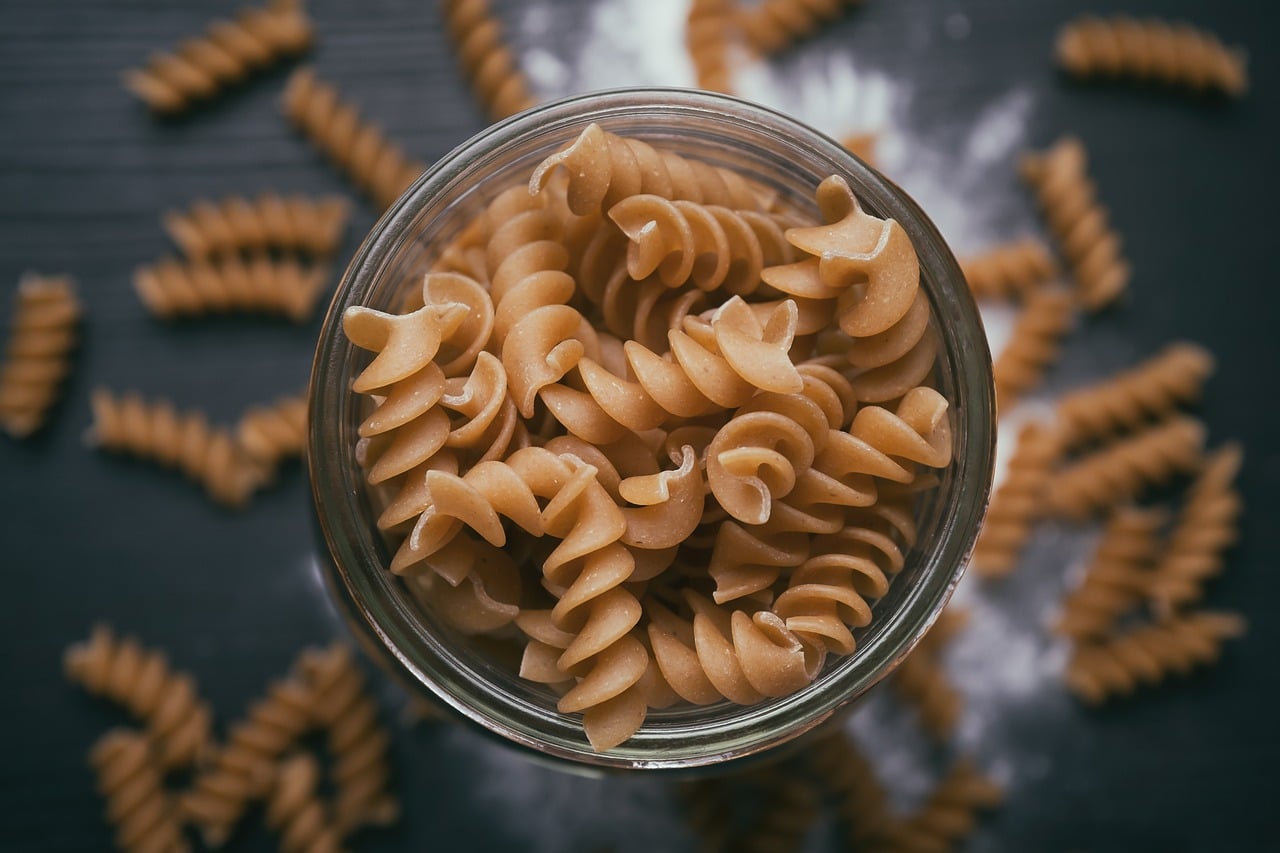
Pasta is usually made with wheat flour, egg, water and salt.
Pasta is a very common term in the field of gastronomy . It is a dough made with one or more ingredients, among which water and flour usually appear. The most common use of the concept refers to food made with a dough of wheat flour, eggs (although they do not represent an essential component in this case), water and salt, which is cooked in boiling water.
Pasta, therefore, includes various types of noodles (noodles, spaghetti, fettuccine, macaroni, etc.), ravioli or ravioli , cannelloni and other products of this type. It is also common to talk about pasta including pizza, in all its presentations. Therefore, the expression "I really like pasta" is not very precise, and usually raises a question looking for the particular variety .
For example: “Tonight I want to eat pasta” , “I have never tried pasta as delicious as the one we ate in Milan” , “My favorite food is pasta” , “Alfredo invited me to eat at a very romantic pasta restaurant” .
The plural of pasta
It is worth mentioning that in the cases just explained, it is more correct to use the term in an uncountable way . On the contrary, pasta (plural) usually refers to what in some regions is known as dry dough and to all types of sweet products, such as muffins (also called madeleines ) and croissants (or croissants ).
However, in everyday speech this distinction is not always respected; This, added to the fact that the sound of the letter "s" at the end of a word usually fades in many Hispanic accents, results in this rule being as popular knowledge as the composition of the lunar soil.

Noodles are a very popular pasta.
A classic from Italy
Italy is generally considered to be the land of pasta, and the stereotype of an Italian is a chubby man who eats noodles or pizza, not to mention who sings opera in the street and who speaks with a ridiculously thick accent that does not represent not reality at all. And with respect to pasta, the myth is not so far from reality, since an average Italian knows and often prepares countless recipes with spaghetti or macaroni , for example, and the same happens with pizza.
Furthermore, in Italian cities there are plenty of places to buy pasta, both sweet and savory, and it is practically impossible for the quality to drop below "very good." Any foreigner who has always enjoyed noodles and pizza will agree that Italy is the paradise of these dishes: crispy but not too thin dough, dreamy cooking and sauces , as well as a great variety.
Other types of pasta
The notion is also used to name certain masses that are not edible, but rather allow us to make paper and cardboard : “In this plant we produce the cellulose pulp that is used to make the best-selling paper in the country.”
Toothpaste , toothpaste or toothpaste is the product used to clean the teeth . It usually contains sodium monofluorophosphate and sodium fluoride, among other components. Furthermore, it comes in a wide variety of "flavors" and intensities, and there are even specific lines for children, trying to satisfy all market demands and increasing its appeal to promote its use, which is essential for oral health .
The way of being , the innate predisposition and the personality of an individual are also known as dough: “I like this boy, he seems like a good guy,” “I'm sorry to tell you that you don't have the money for music,” “I think he has the money. ” for business.”
In the colloquial language of Spain , finally, pasta is money , just as in Argentina it is called guita or in Mexico , lana .
